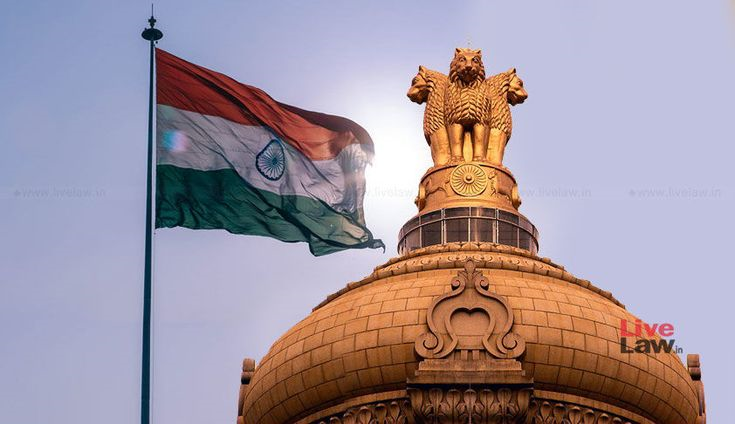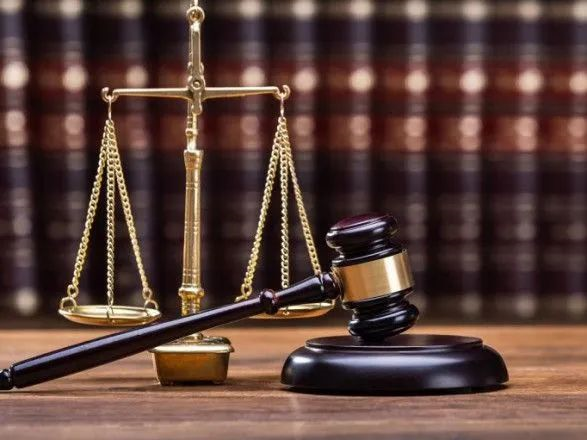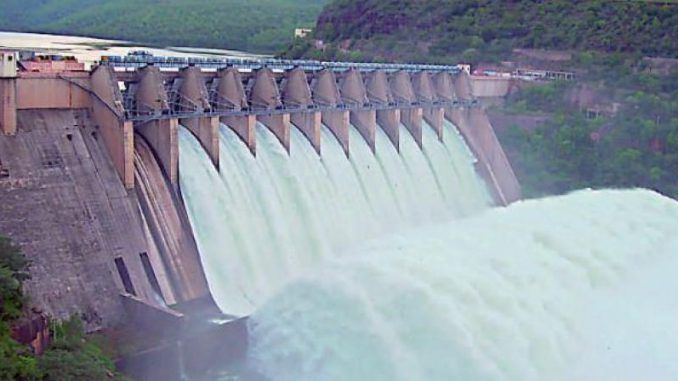Constitutional Significance of the President of India
The President of India is the constitutional head of the Indian Republic and the supreme commander of the Armed Forces. Though the office is largely ceremonial, it plays a vital role in ensuring the smooth functioning of the parliamentary system. The President represents the unity, integrity, and continuity of the Indian State. The process of electing the President and the powers conferred upon the office are well-defined under Articles 52 to 78 of the Indian Constitution, supplemented by the Presidential and Vice-Presidential Elections Act, 1952. This essay explores the method of election, the constitutional mechanism behind it, and the executive, legislative, and judicial powers vested in the President.
Constitutional Basis and Eligibility
The office of the President is established under Article 52, which states that “There shall be a President of India.” The qualifications for the office are mentioned under Article 58. To be eligible, a candidate must:
- Be a citizen of India,
- Have completed 35 years of age,
- Be qualified for election as a member of the Lok Sabha, and
- Not hold any office of profit under the Government of India or any State government.
These conditions ensure that only individuals with political maturity and independence occupy the highest constitutional post in the country.
Electoral College for Presidential Election
The President of India is not directly elected by the people. Instead, the Constitution provides for an indirect election through an Electoral College as per Article 54. The Electoral College consists of:
- Elected members of both Houses of Parliament (Lok Sabha and Rajya Sabha), and
- Elected members of the Legislative Assemblies of the States and Union Territories of Delhi and Puducherry.
This system ensures federal representation, balancing the voices of both the Union and the States in the election process. Nominated members of Parliament and State Legislatures are excluded from voting.
Value of Votes and Method of Election
The principle behind the election is uniformity and parity between the States and the Union. As per Article 55, the value of votes of an MLA and an MP is calculated as follows:
- Value of an MLA’s vote = (Population of the State / Total number of elected MLAs of the State) ÷ 1000
- Value of an MP’s vote = (Total value of votes of all MLAs / Total number of elected MPs)
The election is held using the Proportional Representation System by means of the Single Transferable Vote (STV), ensuring that the winning candidate secures more than 50% of the total valid votes. Voting is done through secret ballot, preserving the autonomy of the voters.
Tenure and Oath of Office
According to Article 56, the President holds office for a term of five years, but is eligible for re-election. The oath of office is administered by the Chief Justice of India (or the senior-most Judge of the Supreme Court in his absence) as per Article 60, where the President swears to “preserve, protect, and defend the Constitution and the law.” This oath symbolizes the constitutional sanctity and impartiality required of the President.
Executive Powers of the President
The President of India is the Executive Head of the Union under Article 53. The executive power extends to the whole of India and is exercised either directly or through officers subordinate to him. The key executive powers include:
- Appointment Powers: The President appoints the Prime Minister, other Council of Ministers, Governors of States, Judges of the Supreme Court and High Courts, Attorney General, and other constitutional officials.
- Administrative Powers: The President exercises control over union administration and can direct Union territories through administrators.
- Military Powers: As Supreme Commander of the Armed Forces, the President can declare war or peace on the advice of the Council of Ministers.
However, as per Article 74, the President must act on the aid and advice of the Council of Ministers headed by the Prime Minister.
Legislative Powers of the President
The President plays a crucial role in the legislative process under Articles 79–111.
- The President summons and prorogues Parliament sessions and can dissolve the Lok Sabha under Article 85.
- Every Bill passed by Parliament requires the President’s assent before it becomes law (Article 111).
- The President can address Parliament, send messages, and recommend certain financial Bills.
- The President also nominates 12 members to the Rajya Sabha from among distinguished personalities in arts, science, literature, and social service, and can nominate 2 Anglo-Indian members to the Lok Sabha (now omitted by the 104th Amendment, 2020).
Through these powers, the President serves as a bridge between the executive and legislative organs.
Judicial and Emergency Powers
The President possesses certain judicial powers under Article 72, which empower him to grant pardons, reprieves, respites, or remissions of punishment or to suspend, remit or commute sentences in cases involving court-martial, offences against Union law, or death sentences.
Under Articles 352, 356, and 360, the President has the authority to proclaim emergencies — National, State, or Financial — whenever the security or constitutional order of India is threatened. These powers make the President a safeguard of constitutional stability during crises.
Real-Time Example
A recent example of presidential authority was exercised during the 2019 General Elections, when President Ram Nath Kovind appointed Narendra Modi as the Prime Minister of India under Article 75(1) after the BJP secured majority support. Another notable instance was the Proclamation of President’s Rule in Jammu and Kashmir (2018) under Article 356, after the coalition government collapsed. These examples show how the President’s role, though largely ceremonial, is critical for constitutional continuity and democratic governance.
Mnemonic to Remember the Answer – “ELECT PRESIDENT”
E – Electoral College (Article 54)
L – Legislative & Executive Powers (Articles 74–111)
E – Eligibility (Article 58)
C – Calculation of Vote Value (Article 55)
T – Term of Five Years (Article 56)
P – Pardoning Powers (Article 72)
R – Role in Parliament (Summon & Dissolve – Article 85)
E – Emergency Powers (Articles 352, 356, 360)
S – Supreme Commander of Armed Forces
I – Indirect Election by States & Union
D – Duties under Article 60 (Oath to Preserve Constitution)
E – Executive Authority under Article 53
N – Nomination of Members to Rajya Sabha
T – True Symbol of Unity and Integrity
The mnemonic “ELECT PRESIDENT” helps you remember the process and powers of the President — from Election, Eligibility, and Executive functions to Emergency powers and National representation.
About lawgnan:
Explore a complete analysis of the President of India’s election, powers, and functions at Lawgnan.in. Understand how Articles 52–78 define the President as the constitutional head and guardian of the Constitution, ensuring harmony among the executive, legislative, and judicial branches. Learn about the Electoral College system, value of votes, executive authority, pardoning powers, and emergency provisions under the Constitution. Through real-life examples and easy mnemonics, Lawgnan simplifies complex constitutional topics for law students, UPSC aspirants, and judiciary candidates. Strengthen your legal foundation with expert insights on India’s highest constitutional office today.




